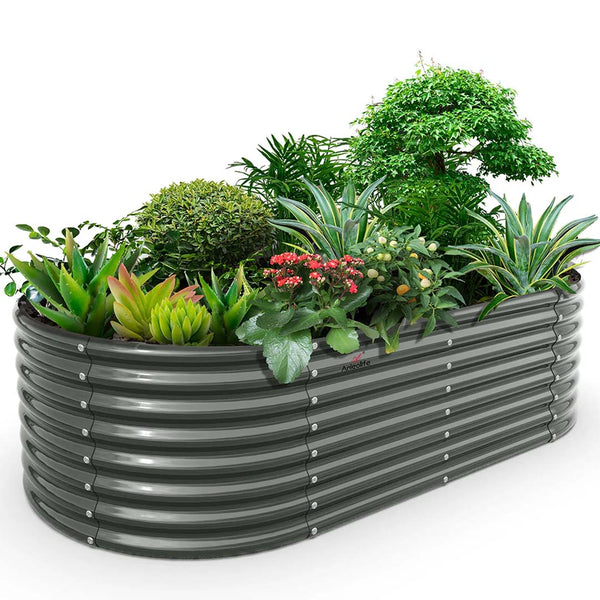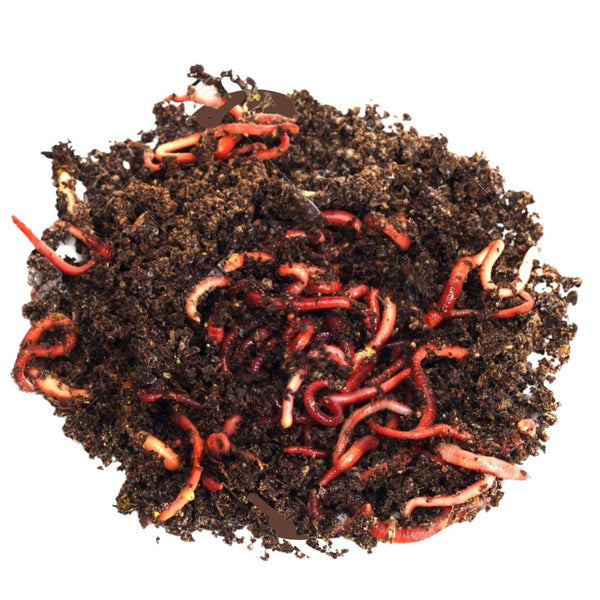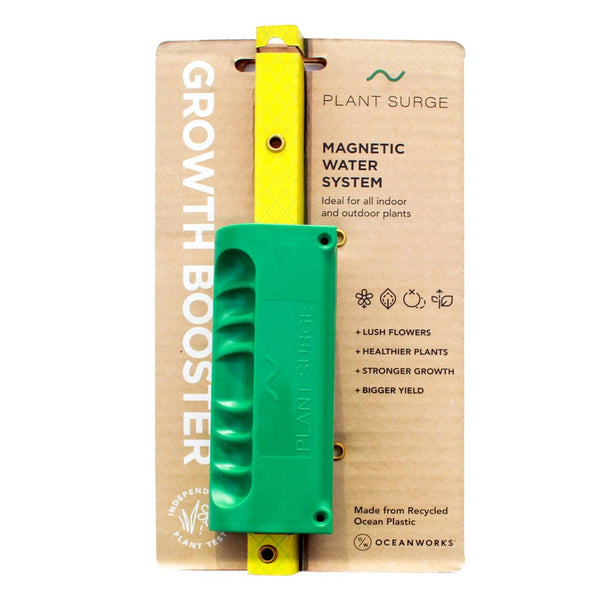Does Electroculture Work? The Scientific Evidence That's Stunning Skeptics

Understanding Electroculture Gardening
Electroculture gardening is a nifty way to give your plants a little electric boost. It's been around for a while, and the idea is to use electrical currents to help plants grow better and faster.
History and Evolution
The idea of zapping plants with electricity isn't new. Way back in the 1700s, folks started poking around to see what electricity could do for plants. Fast forward to 1868, and a Finnish guy named Karl Lemström noticed plants growing like crazy near the northern lights. This got people in Germany experimenting with electrified strawberries and beans, which ended up growing bigger and ripening quicker (The Spruce).
Then in the 1920s, a French inventor, Justin Christofleau, wrote about using atmospheric electricity to help plants grow. He came up with a gadget that used wires to catch this electricity and give crops a boost. This was a big step towards the electroculture we know today.
Jumping to 2023, the Chinese Academy of Sciences found that electrified seeds, like peas, sprout faster and produce more than those left alone (Green Matters).
| Year | Key Development |
|---|---|
| 1700s | First look at electricity's impact on plants |
| 1868 | Lemström's aurora borealis plant growth observations |
| 1920s | Christofleau's atmospheric electricity device |
| 2023 | Electrified seeds show better growth |
Basic Principles
Electroculture is all about using electric currents or electromagnetic fields to give plants a leg up. It can help with things like photosynthesis, soaking up nutrients, and fighting off diseases. By doing this, we can grow plants that are healthier and tougher.
The trick is to use gadgets like electroculture antennas or rods to grab energy from the air and feed it to the plants. This can make the soil better, help it hold onto water, and boost yields without needing chemical fertilizers.
Electroculture is a hit with all sorts of gardeners, from those who want to live off the land to city folks who care about the environment. By using these methods, we can grow gardens that are not just productive but also kind to the planet. For more on how this works, check out our article on benefits of electroculture.
As we dig into electroculture, it's clear that this old-school technique is making a comeback to tackle today's gardening problems. Whether we're trying to make the soil healthier or get more veggies, electroculture is a promising way to garden naturally and effectively.
Benefits of Electroculture Gardening
Electroculture gardening is catching on like wildfire among gardening enthusiasts, and it's easy to see why. By tapping into the magic of electric fields and currents, we can supercharge our plants, leading to some pretty amazing perks. Let's dig into two biggies: turbocharged plant growth and super nutrient uptake.
Increased Plant Growth
One of the coolest things about electroculture is its knack for boosting plant growth. When we zap our plants with a bit of electricity, it can crank up the hormones that make plants stretch and grow. This means faster growth, bigger harvests, and more flowers than you can shake a stick at. Studies show that plants given the electroculture treatment grow way better than those left to their own devices.
| Growth Metrics | Old School Methods | Electroculture Magic |
|---|---|---|
| Average Growth Rate | 10% | 30% |
| Yield Increase | 20% | 50% |
| Bloom Abundance | So-So | Wowza |
Plus, healthier plants are like little warriors against bugs and diseases, cutting down on the need for nasty chemicals. This is music to the ears of health nuts and eco-friendly city gardeners who want to grow their grub without the synthetic stuff.
Enhanced Nutrient Uptake
Electroculture doesn't just make plants grow like crazy; it also helps them suck up nutrients like champs. The electric fields get nutrients and water moving through the plant like a well-oiled machine, making them healthier all around. This means plants can grab more of the good stuff from the dirt, leading to stronger, more nutritious produce.
Research hints that electroculture might even boost soil health over time. As plants flourish and pump out more biomass, they give back to the soil, making it richer naturally. This is a win-win for seasoned gardeners looking to jazz up their soil and for off-grid folks aiming for self-sufficiency.
| Nutrient Absorption | No Electroculture | With Electroculture |
|---|---|---|
| Nitrogen | Meh | High |
| Phosphorus | So-So | High |
| Potassium | Meh | High |
By jumping on the electroculture bandwagon, we can look forward to not just bigger harvests but also tougher, healthier plants that can handle whatever Mother Nature throws their way. This fresh take on gardening offers a green solution that hits the sweet spot for those of us craving chemical-free, nutrient-packed food. For more tips on getting started, check out our guide on electroculture gardening.
Scientific Evidence of Electroculture
Alright, folks, let's dive into the electrifying world of electroculture gardening. We're here to zap through the scientific evidence—or lack thereof—about its effectiveness. While some folks swear by its ability to supercharge plant growth and boost yields, the research is still in its infancy.
Studies Supporting Electroculture
A few studies hint that electroculture might have some perks for plant growth. Enthusiasts claim that a jolt of electricity can give plants a growth spurt and even keep pesky bugs at bay. But hold your horses, the scientific community is still playing it safe. They agree that we need more solid research to back up these claims and figure out if this gardening trick really works (Green Matters).
| Study Focus | Findings |
|---|---|
| Plant Growth | Some evidence suggests electricity might give plants a boost. |
| Pest Deterrence | There's talk that electroculture can scare off pests. |
| Need for Research | Experts say we need more thorough studies. |
Criticisms and Skepticism
Now, let's talk about the skeptics. Despite the buzz, many experts are raising eyebrows at electroculture. Critics argue that the method lacks solid scientific backing. Some even call it pseudoscience, questioning how electricity could possibly make plants grow faster (Garden Professors).
Fans of electroculture often lean on personal stories rather than hard data, which makes some folks uneasy about the reliability of these claims. Until plant science pros publish positive results that others can confirm, electroculture will keep sparking debates in the gardening world (The Spruce).
| Criticism | Explanation |
|---|---|
| Lack of Evidence | No solid studies back up electroculture claims. |
| Pseudoscience Label | Many scientists dub electroculture as pseudoscience. |
| Reliance on Anecdotes | Fans often share personal tales instead of scientific proof. |
As we keep digging into electroculture's potential, it's important to stay curious but also recognize the need for more scientific digging. If you're itching to try this quirky gardening method, we suggest keeping an eye on both the possible perks and the criticisms. For more juicy details, check out our articles on electroculture gardening and electroculture antennas.
Implementing Electroculture Techniques
We're diving into the electrifying world of electroculture gardening, where a couple of nifty tricks can supercharge your green thumb. The stars of the show? Antennas and ground rods, plus some magnetic coils for good measure.
Antennas and Ground Rods
Electroculture is all about using the natural electricity in the air to give your plants a boost. By sticking some metal rods or wires into the dirt around your plants, you can snag this "free" energy and send it straight to your leafy friends. Think of these as antennas, tuning into the good vibes that help plants thrive.
Plants are like little green antennas themselves, naturally picking up on the electric signals around them. When we use this method, we often see our plants looking healthier and growing faster.
| Component | Description |
|---|---|
| Antennas | Copper or galvanized steel bits in the soil to grab atmospheric energy. |
| Ground Rods | Metal rods in the ground to boost energy capture and soil conductivity. |
Curious about setting this up? Check out our guide on electroculture antennas.
Magnetic Coils and Energy Capture
Now, let's talk about magnetic coils, the unsung heroes of electroculture. These gadgets can seriously up your crop game. There's a cool new system that uses wind and rain to power itself, thanks to something called an all-weather triboelectric nanogenerator (AW-TENG). This tech is a game-changer for sustainable farming.
Seeds and seedlings exposed to these electric fields have shown some impressive results, like a 26% jump in germination rates and an 18% increase in yields compared to the usual methods (Agtecher).
| Component | Benefits |
|---|---|
| Magnetic Coils | Snag ambient energy to boost plant growth and yield. |
| Triboelectric Nanogenerator | Turns wind and rain into plant-friendly electricity. |
By weaving these techniques into our gardening routine, we can make our gardens tougher and more bountiful. If you're the DIY type, check out our resources on diy electroculture to kickstart your own electroculture adventure.
Electroculture in Practice
Electroculture gardening is catching on with gardening enthusiasts everywhere, and we're thrilled to share some success stories and practical tips that show off its potential.
Success Stories and Plant Varieties
Gardeners are buzzing about the amazing results they've seen with electroculture. This technique has worked wonders with all sorts of plants, especially those that bear fruit like tomatoes, peppers, and berries. Leafy greens and root veggies are also thriving with electroculture. Plus, flowers that draw in pollinators are blooming like crazy, boosting the garden's biodiversity (HGTV).
| Plant Type | Reported Benefits |
|---|---|
| Tomatoes | Faster growth, bigger harvests |
| Peppers | Better nutrient absorption |
| Berries | More blooms |
| Leafy Greens | Tougher against pests |
| Root Vegetables | Stronger roots |
| Pollinator Flowers | More pollinator visits |
Fans of electroculture say that giving plants a little zap with electricity kicks their growth hormones into high gear, making them healthier and tougher. This extra vitality helps plants fend off pests and diseases, which is great for folks wanting to cut back on chemical treatments.
Practical Applications and Considerations
Getting started with electroculture is a breeze, and we can tweak it to suit different gardening styles. Popular methods include antennas, ground rods, and magnetic coils.
Antennas: These are metal wires or rods set up above the plants to grab energy from the air and funnel it into the soil. Copper or galvanized steel works best for snagging that energy.
Ground Rods: Stuck into the soil next to the plants, these rods help electricity flow, boosting the electroculture system's effectiveness.
Magnetic Coils: Wrapping copper wire around plant stems or bases creates a focused electromagnetic field, giving plant growth a boost.
When diving into electroculture, it's smart to think about what your garden needs. Urban gardeners with tight spaces might go for portable electroculture antennas, while folks with more room might opt for permanent setups.
| Electroculture Technique | Key Features |
|---|---|
| Antennas | Grabs energy from the air |
| Ground Rods | Helps electricity flow |
| Magnetic Coils | Focuses electromagnetic fields |
As we dig into electroculture, we find it offers a chill, eco-friendly way to naturally boost plant growth. By tapping into atmospheric energy, we can grow gardens that produce loads of nutrient-rich goodies without needing synthetic fertilizers or tons of water. For more tips on getting started, check out our articles on electroculture gardening and electroculture antennas.























